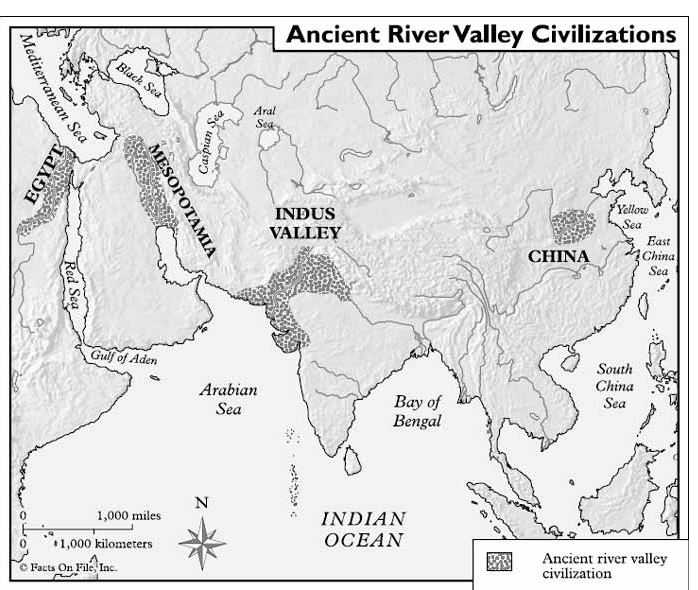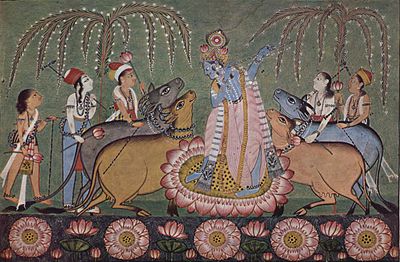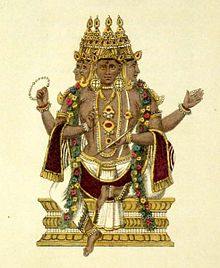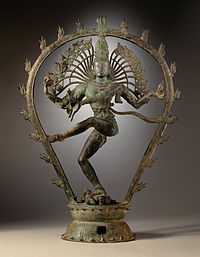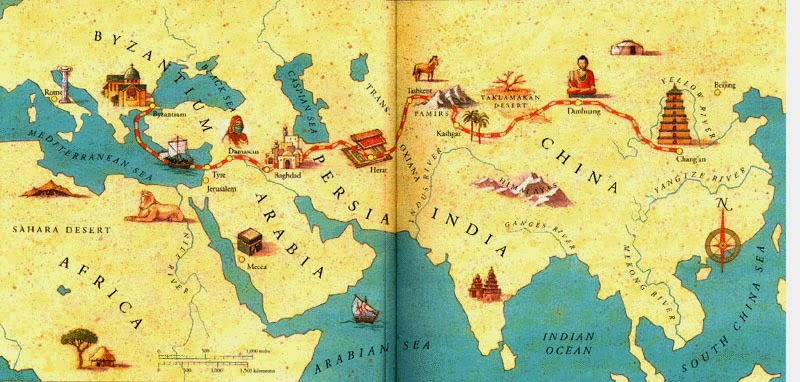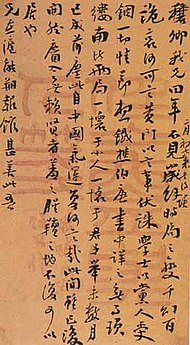What does it mean to be a city-state? What are some of the names of the Greek city- states? What were some of the similarities and differences between them?
Ancient Greeks lived in a mountainous land. The Mountains caused separate and independent city-states to form. They spread out to the surrounding islands and formed colonies. These colonies became city-states.
The Greeks called their city-state The Polis. Each Polis was an independent governing unit, and many had different types of government.
Different forms of government evolved in Greece between 750 B.C. and 500 B.C.
- Aristocracy-Power shifted to a class of noble landowners. In time, this became a hereditary ruling class.
- Oligarchy -a form of government in which power is in the hands of a small, wealthy elite
- Monarchy-A hereditary ruler exercised central power.
- Tyranny: one person takes power by force
- Democracy: all citizens share power, rule by the people
The Greeks built their polis around a hill called an Acropolis. On this high ground stood their main temple.
Generally (there are some differences in different poleis) social structure and citizenship in the Greek polis:
- Citizens free adult males had political rights and the responsibility of civic participation in government.
- Women and foreigners had no political rights.
- Slaves had no political rights.
Athens and Sparta were probably the two most famous and powerful city states in Ancient Greece. However, they were both very different.
ATHENS
– Location – Attica (region)
– lacks fertile land
-Sea traders
-Protected from enemies – Long Walls – connected Athens’ main city to its ports at Piraeus Inland city
Athens developed a different type of government – democracy.
Athenian Society -Three Classes:
- Athenian Citizens – only Athenian-born MEN had full political rights.
- Metics:
-non-citizens born outside Athens.
-artisans or merchants
-they was free, but they have to paid taxes
-couldn’t participate in politics/own land - Slaves:
-often captured in war (they could be well educated, sometimes they became teachers)
-necessary to society – a Slaves and Metics = over ½ of Athen’s population
Types of state system in Athens - MONARCHY (basileus=king) – the monarchy fell because of the Dracon/Draco (One of the Tyrants who worked for reform, he wrote Draco’s laws/Draco’s code/ Draconian constitution. His code, written about 621 B.C became famous for its harshness; death was the penalty for almost all crimes.)
- THE WAY TO DEMOCRATION
-The reforms of Solon (introduced division into phyle – four phyle = Council of 400)
-Tyranny of Pisistratus (546-527 BC, he supported lower classes and clashed with nobles. His rule was considered positive. After hist dead, he was succeeded by his sons Hippias and Hipparchus.
-Reforms of Cleisthenes (aprox. 507 BC) – he turned Athens into a Democracy (he introduced 10 Tribes and Council of 500)
-Pericles – he introduced in Athens a citizenship law (only person, who was born from two Athenians was citizen)

SPARTA
Geography: Laconia in ancient Greece, In antiquity, the city-state was known as Lacedaemon
A nation of soldiers Around 1100 B.C. the Spartans migrated to the Peloponnesus and built the city of Sparta. They enslaved the farmers who were there and called them helots. There was one Spartan to every five Helots
The Spartan army was so fierce the Spartans didn’t build a wall around the city, it was said they had a wall of men. The Helots rebelled in 600 B.C. and were defeated by the Spartans, after this the Spartans killed any helot who made trouble.
Sparta’s patron god was Ares, the god of war.
A Spartan’s entire life revolved around preparation for war:
- At birth, children were checked for defects, if they were not strong and healthy they were left on a hillside to die.
- When a boy reached the age of seven he was sent to live in a barracks and was trained in military and athletic skills.
- He was poorly fed and was encouraged to steal to eat.
- If he was caught he would be severely punished.
- After 13 years of training they began service in the army.
- He served until the age of sixty.
- He was allowed to marry at 20, but still had to live in the military camp with the other soldiers.
Result of Militaristic Society
-Unbeatable Army
-Loss of Freedom
– lack of big Science, Literature or Philosophy achievements
Spartan Society -Three Social Groups:
1. Spartiates
– descendants of invaders
– Controlled city-state.
– Land divided among them.
2. Perioikoi
-Half Citizens
– free, paid taxes, served in army.
– no political power
– farmed/traded
3. Helots – slaves (Largest)
– Spartans decided where they would worked/lived
Spartan Women
-Women: strong/raise warriors
-Received strict training
-taught to be devoted to city- state
Government in Sparta
1. Two Kings – Home and Military
2. Gerousia – Council of Elders -60 yrs. Old
-28 Men: wealthy aristocrats.
-Proposed laws and were court.
3. Apella:
-Accepted/Rejected laws passed by Gerousia
-Elected 5 Ephors
4. Ephors: 1 year terms
-Ensured kings followed laws
-Controlled Education
Danger on the Horizon Athens and Sparta were very different but they would unite against a common foe. The foe would be the Persians lead by king Xerxes.

